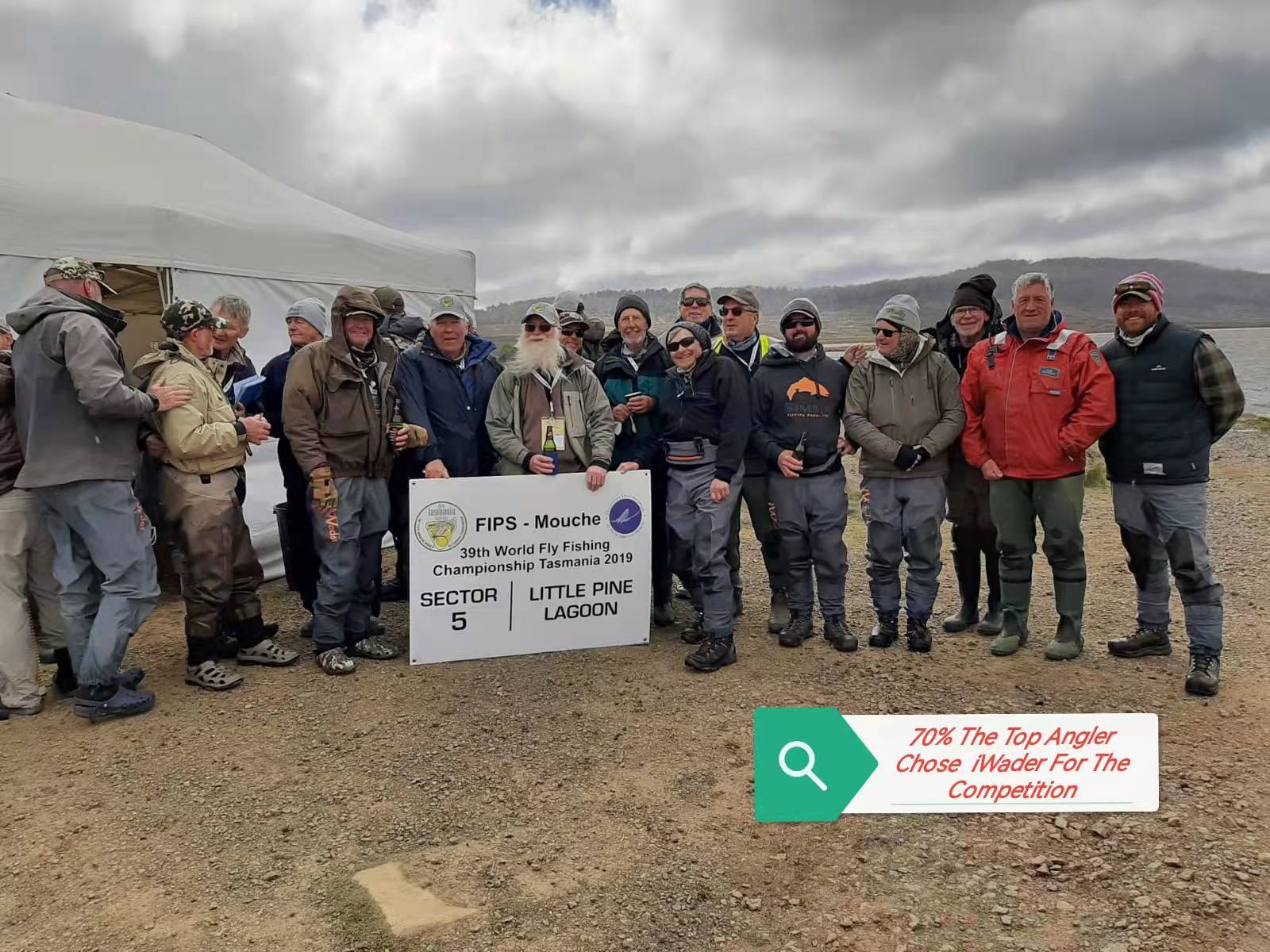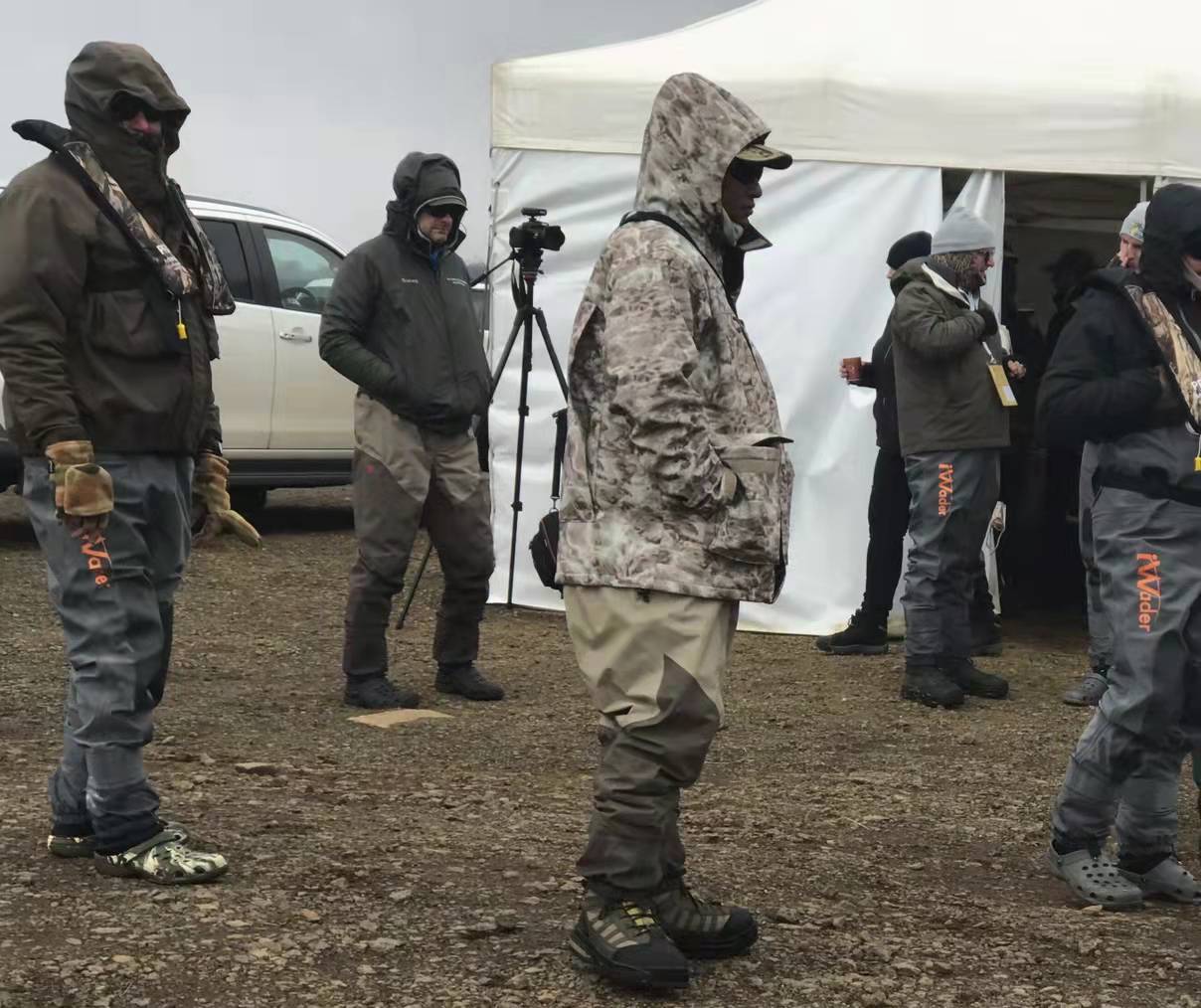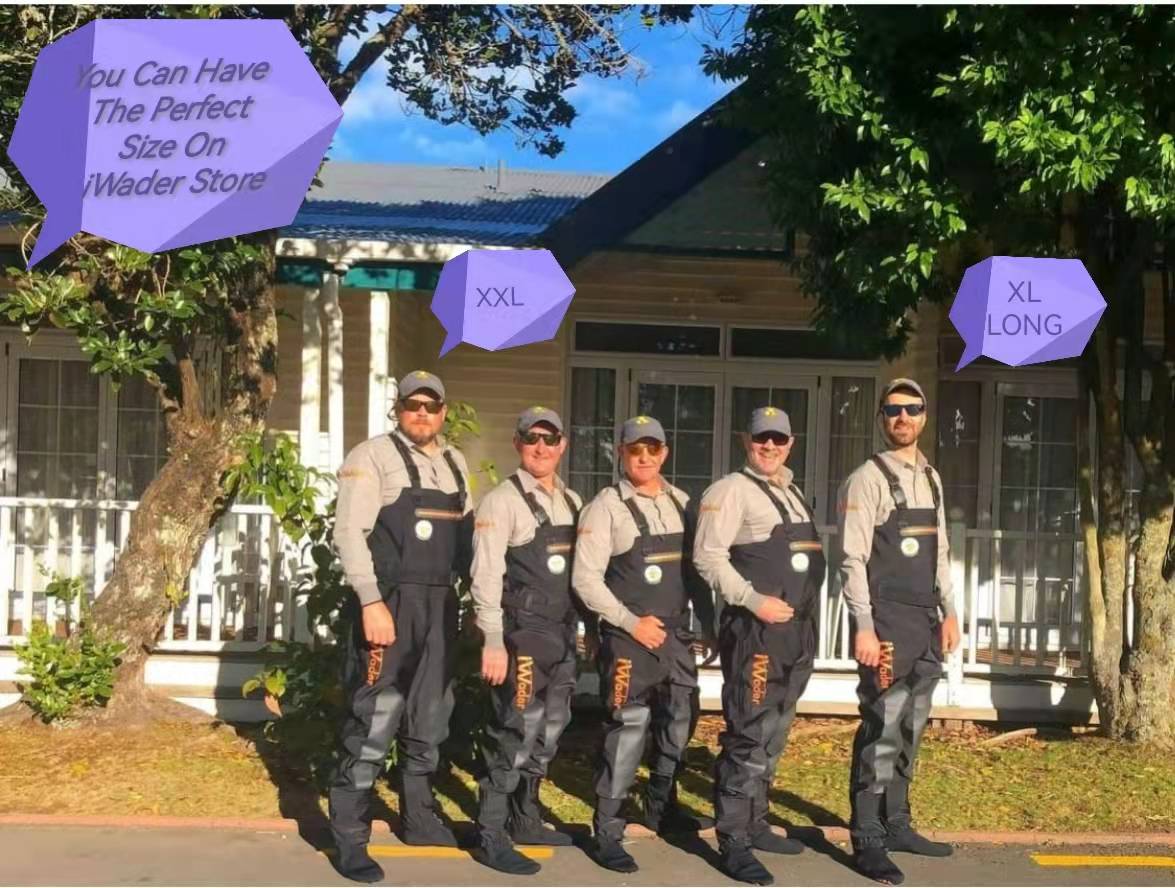Rock Fishing - Don’t turn your back on the sea.

Being washed off the rocks is something every angler dreads and usually would rather not think about, but unfortunately, accidents can happen.
The rocky coastlines found in Australia have a unique charm that draws anglers, their families and friends. Whilst this is a great way to get away from the hustle and bustle of everyday life and enjoy the natural elements, some of them will never return.
Our rocky coasts account for approximately 12 drowning deaths each year. Rock fishing being the major cause of coastal drowning and launching the most rescue missions and with the greatest cost per mission. This recreational sport, seemingly harmless, is regarded as one of our deadliest sports.
Wearing gear that stops you slipping into the water such as shoes with non-slip soles, rock plates or cleats are essential on wet, weedy rocks. Consider wearing head protection. Evidence has suggested that many people who have drowned received some sort of head injury as they entered the water and making drowning a foregone conclusion. Wear light weight, yet sturdy, gear to maintain your buoyancy the water.
There is no place that is perfectly safe when it comes to rock fishing, so to minimise the risks, fish where there are at least three other people and where experienced anglers go. Always stay within sight of each other. Spend time watching the wind and wave action before deciding whether it’s a suitable place. Consider what the tides and weather will be in several hours’ time. Know your exact location and make sure others know in case of an emergency, and if the waves, weather or swells threaten your fishing spot then leave immediately.
Many anglers are unaware of the dangers or the need to take precautions, such as wearing a Personal Flotation Device (PFD), though a full life jacket rated for your size and weight would be best, and clothes suitable for swimming, and NEVER turn your back to the sea.
The differences between a Flotation Device “PFD” and a “life jacket” are important.
Life Jacket:
• A lifejacket is designed to turn an unconscious person from face down to face up in the water, allowing them to breath.
• Lifejackets have more buoyancy than PFD’s with most of the buoyancy being in the front of the device.
• Lifejackets must be red, yellow or orange and must have a whistle attached. These features make it easier to locate you in a rescue situation.
• A lifejacket is the best choice if you or your child is unable to swim or are a weak swimmer. It will give the best chance of survival should you or your child end up in the water unexpectedly.
Personal Flotation Device (PFD):
• A PFD is designed to keep a conscious person afloat in calm conditions.
• PFD’s have less buoyancy. The flotation material is on the back of the device, making them less bulky and more comfortable and allowing for greater movement than a lifejacket, but may not keep your face out of the water if you are knocked unconscious.
• They can be seen easily in water if help is needed.
• PFD’s were designed for use in recreational boating and are a good choice for people who are confident in the water.
If you decide to go rock fishing, it would be sensible to carry a PFD or lifejacket with you and assess the likelihood of being washed in. Anyone with many years of experience will tell you that sheer luck has played a part in many escapes and has been the difference between survival and tragedy. Wearing a PFD or lifejacket could have made a difference in those cases where the victims run out of luck.
If you find yourself in trouble, stay calm. If you are washed in, swim away from the rocks and look for a safe place to come ashore or stay afloat and wait for help to arrive. If someone has been washed in, one person should stay to keep track of where the victim is being pushed by the waves and to give directions to emergency services when they arrive, and the others can help by throwing a rescue device and alerting the emergency services.
In Australia dial “000” from any landline telephone or mobile.
Finally, do you know your exact location to tell emergency services? Always be mindful of any location names, landmarks, or other information that will emergency services locate you quickly.























Leave a comment